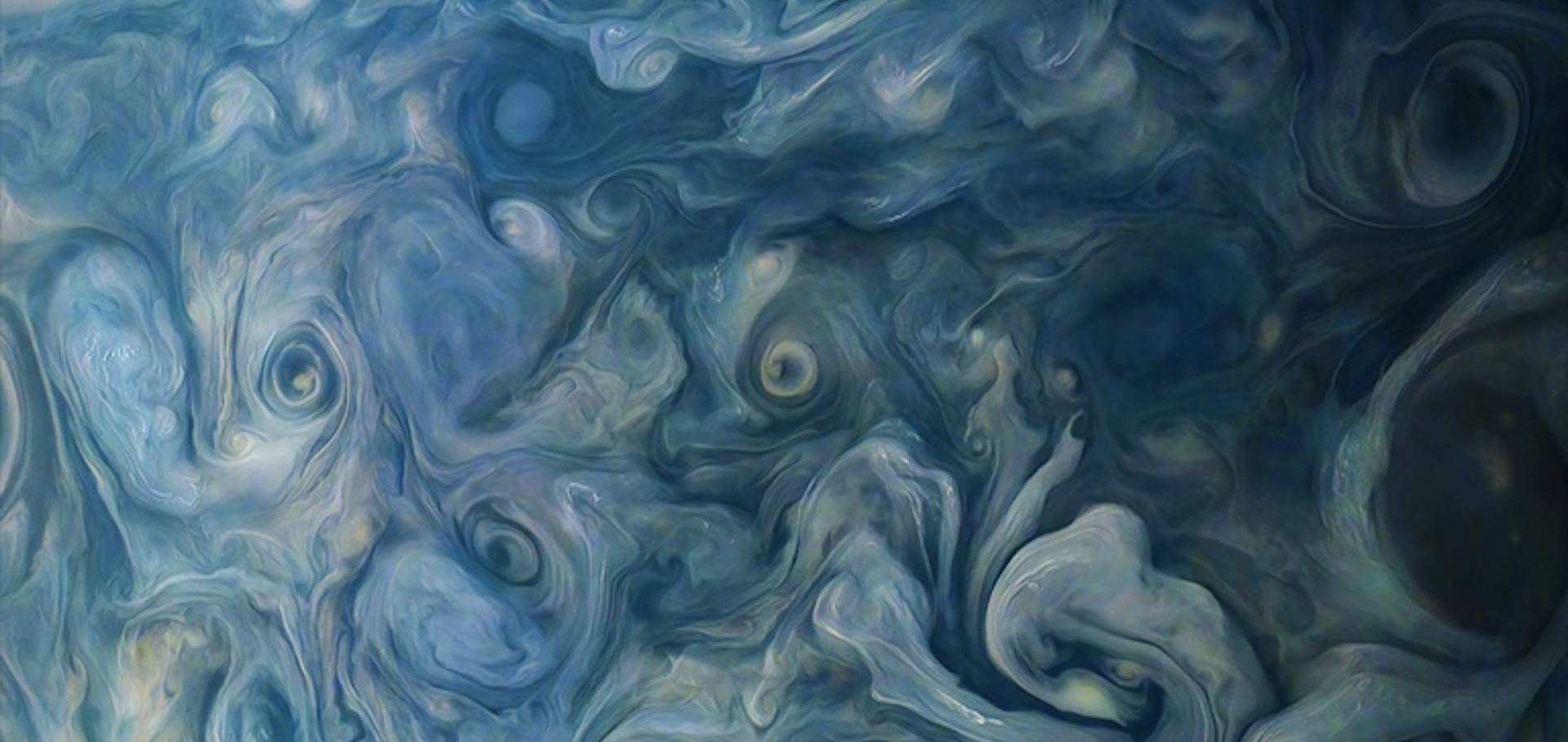High-contrast observations of brown dwarf companion HR 2562 B with the vector Apodizing Phase Plate coronagraph
(2021)
Origins space telescope: from first light to life
Experimental Astronomy Springer Nature 51:3 (2021) 595-624
The vector-apodizing phase plate coronagraph: design, current performance, and future development
(2021)
First Detection of Hydroxyl Radical Emission from an Exoplanet Atmosphere: High-dispersion Characterization of WASP-33b using Subaru/IRD
(2021)
First Detection of Hydroxyl Radical Emission from an Exoplanet Atmosphere: High-dispersion Characterization of WASP-33b Using Subaru/IRD *Based on data collected at the Subaru Telescope, which is operated by the National Astronomical Observatory of Japan.
The Astrophysical Journal Letters American Astronomical Society 910:1 (2021) l9


